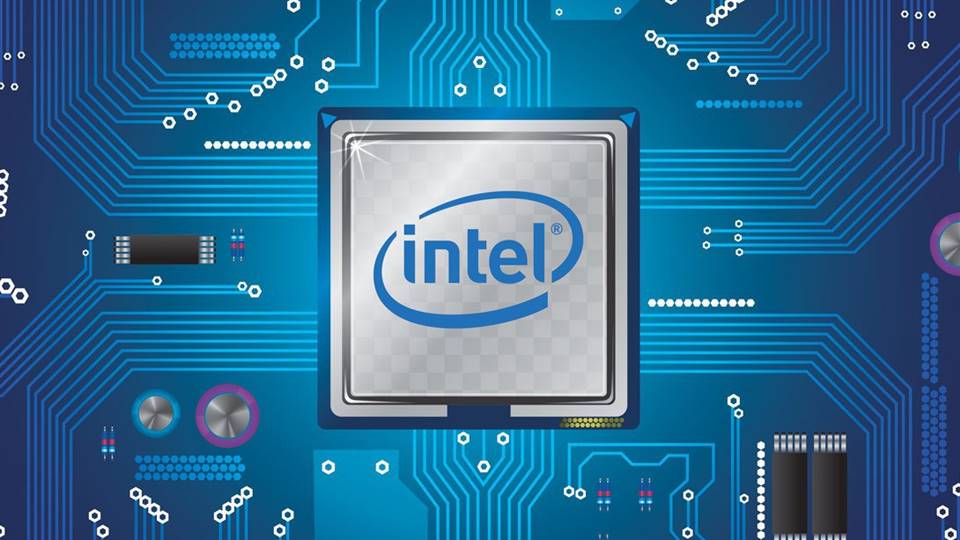Is the biggest always the best? Or is it not enough to look at Core I3, I5, I7 or even the newly introduced Core I9, but do the designations behind them also have a meaning?
Source: https://sharemouse.hu/intel-processzorok-mit-jelent-valojaban-a-tipus-jelzes/
Intel processor branding
First, let’s look at what the name of the product group means:
Intel Core (modern processors /i3/i5/i7/I9)
Intel Pentium (processors for old desktops with 2 cores)
Intel Celeron (slightly weaker processors for old desktop machines)
Intel Atom (processors for mobile devices)
Intel Xeon (products for servers)
In addition, the designation -M (mobile) is also used, which generally indicates a processor with lower performance and lower power consumption and is therefore used in mobile devices (especially laptops), as the battery is discharged more slowly.
The usual designation follows, e.g. Core i7-7100U.
We can see that Core refers to the product family, but what does the number after the “I” stand for? Nothing more than the target market segment. The i3 is primarily for office applications, the i5 for more serious office machines and basic gamer PCs, and the i7 for high-tech applications and hardcore gamers. And the new i9 is for those who always want the best of everything.
Intel processor generations
Of course, there are technological differences, but there’s no consistency here, so I’ll just write down the typical values.
Intel Core i3: typically 2 cores, 3 MB cache, no Turbo Boost, typically 4 threads.
Intel Core i5: typically 4 cores, 6 MB cache, Turbo Boost, thread count typically 8
Intel Core i7: typically 4-6 cores, 8-15 MB cache, with Turbo Boost, thread count typically 8-12
Intel Core i9: typically 8 cores, 16 MB cache, with Turbo Boost, thread count typically 16
Since only one model is expected, here is a link to keep an eye on the technical specifications: https://ark.intel.com/products/series/186673/9th-Generation-Intel-Core-i9-Processors
Processor comparison
I guess almost everyone is curious to see what the new Intel processor really “throws off” for their computer’s performance, so here’s a little video of the manufacturer’s testing.
Then let’s get down to the nitty gritty:
The first number after the hyphen always indicates the generation, in this case it’s number 7, so it’s the latest processor generation, even though 8th and even 9th generation processors are now available, so the higher the better.
The second and third numbers provide information about the performance. Here, the principle higher=better exceptionally applies.
The last number indicates the energy savings in the processor’s name:
0 – basic
7 – high energy saving
9 – reduced energy saving
A letter at the end of the line means
K – the processor multiplier is available
X – the processor speed multiplier can be used without any restrictions
M – mobile processor
QM – quad-core mobile processor
XM – version with extremely powerful mobile processor
S – low power consumption
U – low voltage and low power consumption mobile processor
Y – ultra low power, energy efficient mobile processor version.
Interesting facts
Processor stands for – translated from English, the word processor would be correct, but it’s actually the Central Processing Unit, or CPU, which is known as the processor or processor in this country. In practice, the processors in our devices do the real work. This is because we no longer have just a CPU, but also a graphics processing unit (GPU) and a million other processors that affect the performance of our machines.
More exciting and interesting articles in several languages: sharemouse.hu

